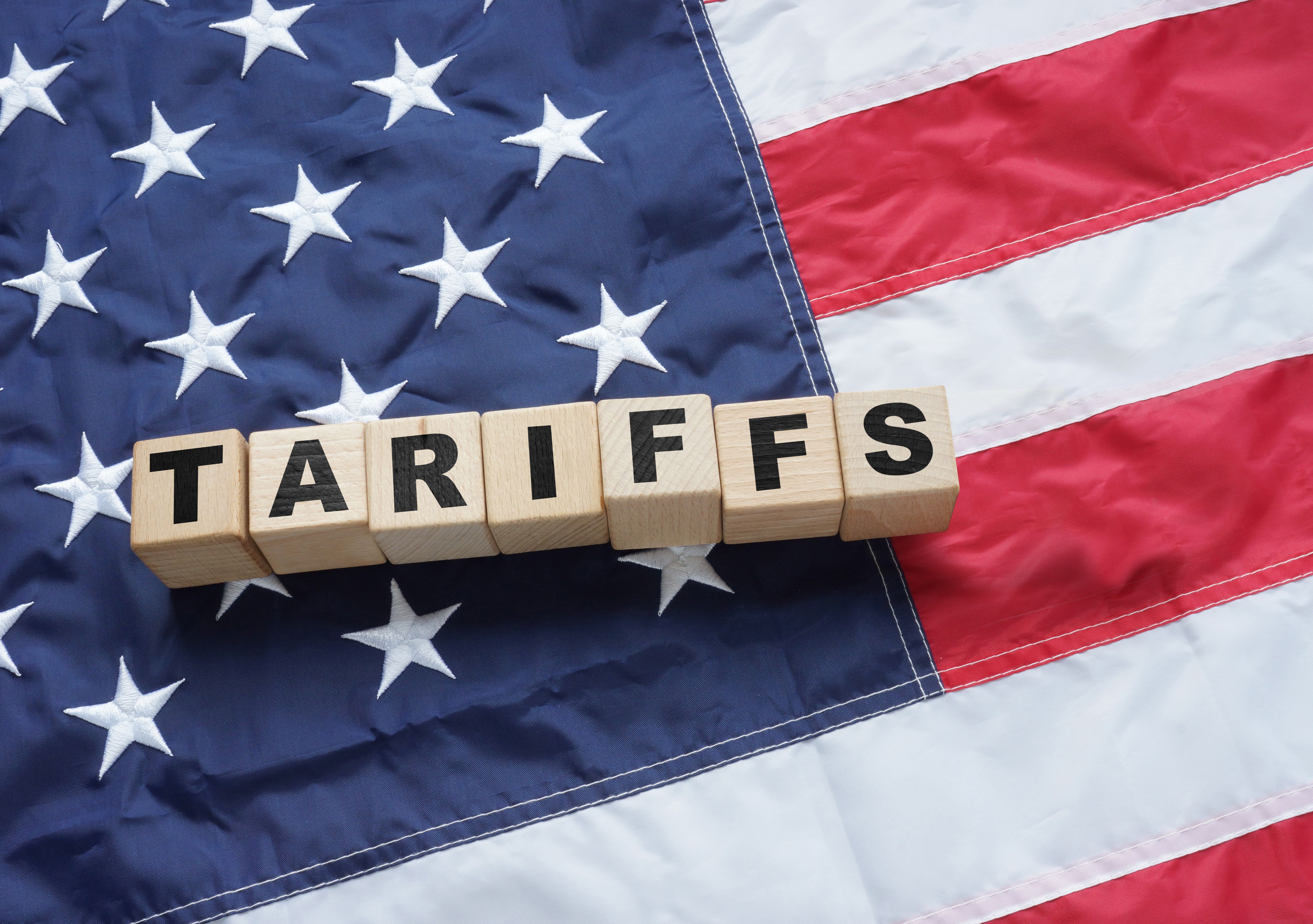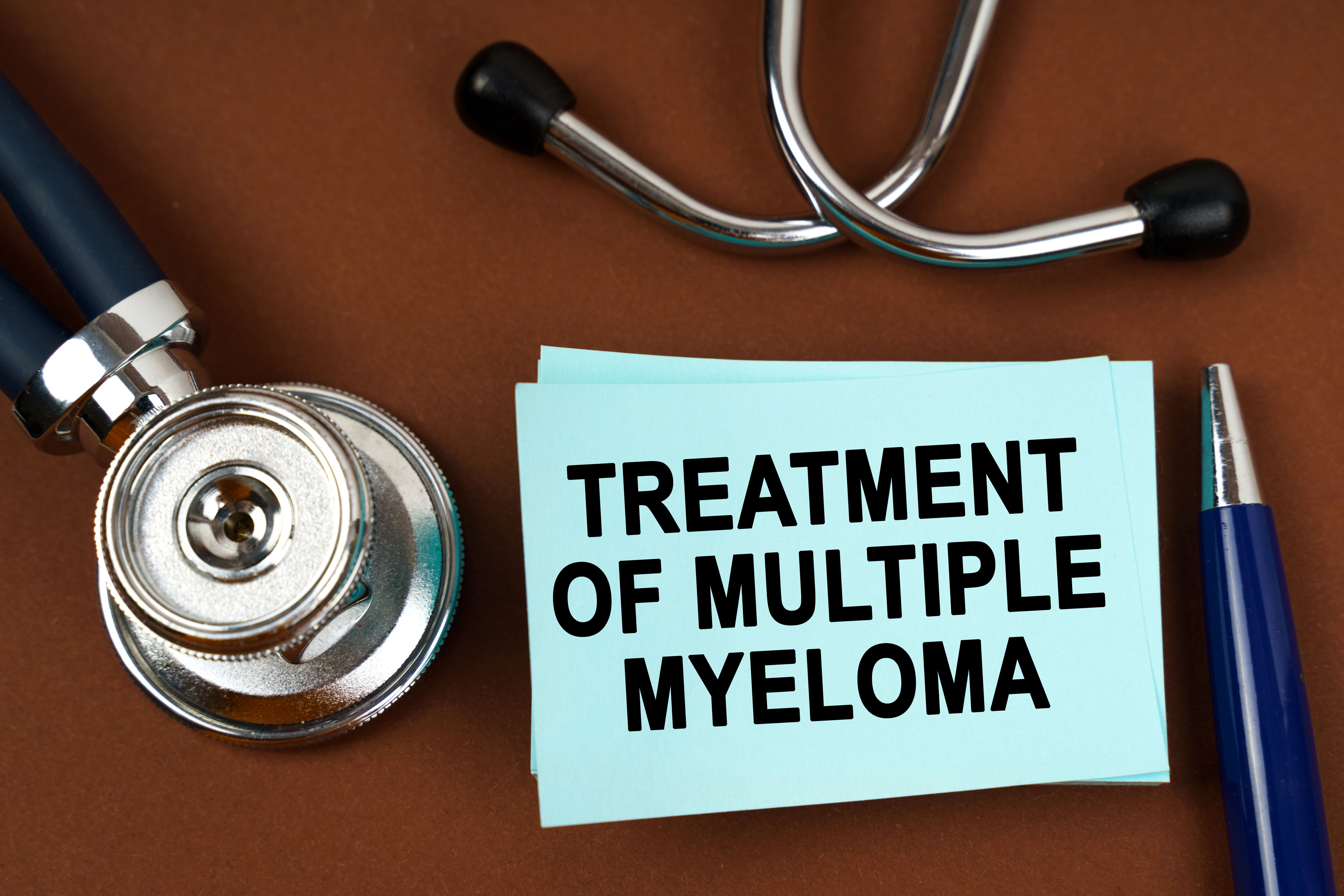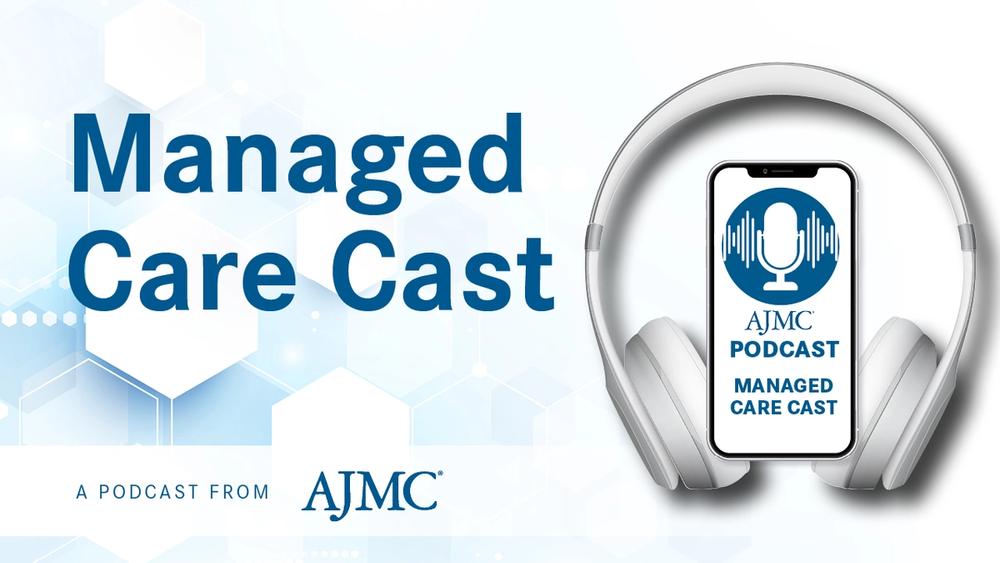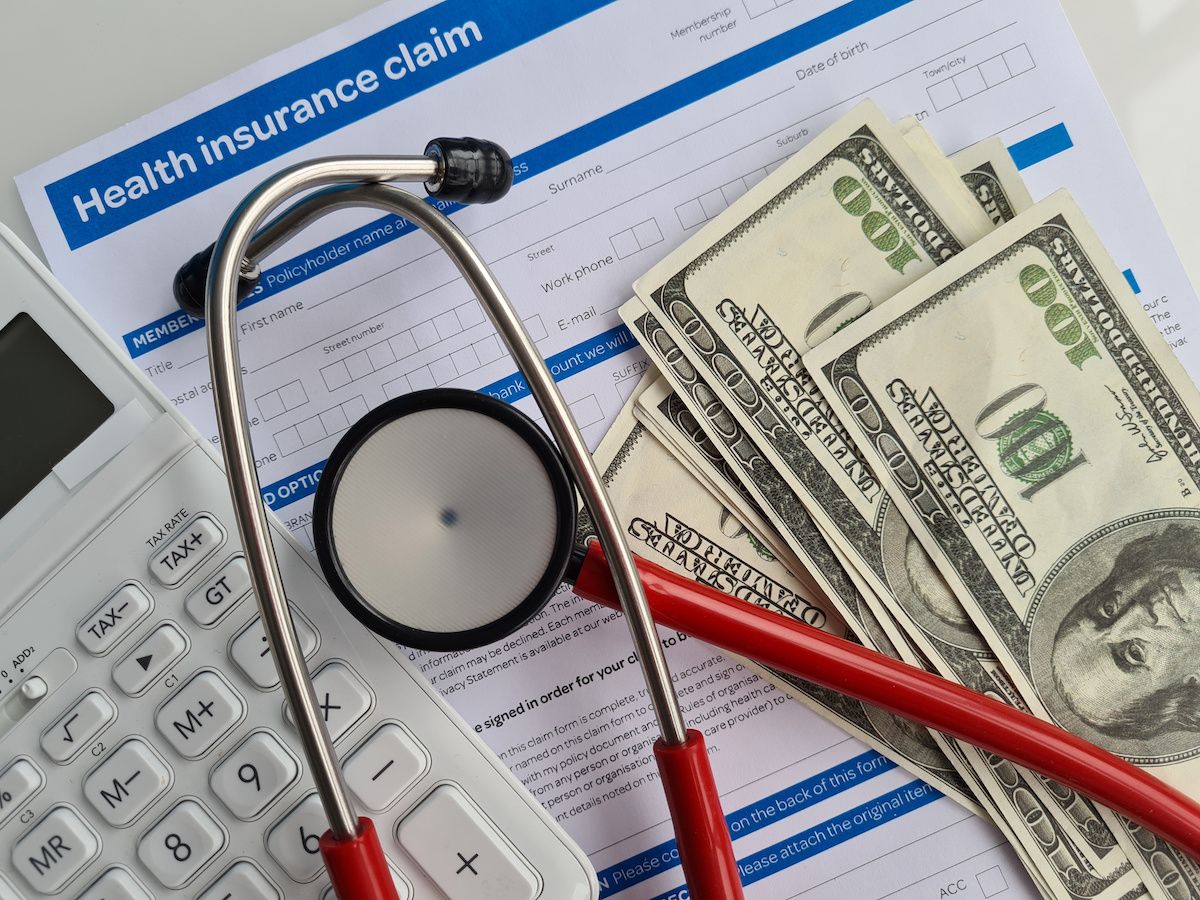News
Article
Trump Tariffs on Pharmaceuticals Risk Causing Higher Costs, Drug Shortages
Author(s):
Key Takeaways
- The Trump administration's Section 232 investigation into pharmaceutical imports could lead to tariffs, impacting drug prices and availability.
- Generic drug makers, with slim profit margins, are especially at risk from potential tariffs, which may not boost US manufacturing.
The Trump administration is proceeding with probes into the national security implications of pharmaceutical imports.
In recent weeks, the Trump administration has signaled that it views foreign pharmaceutical manufacturing as a national security concern, prompting the Department of Commerce to launch a Section 232 investigation into pharmaceutical imports, as outlined in a Federal Register filing.¹ If the probe determines a threat exists, the president could impose tariffs or take other corrective actions, according to Fierce Pharma.² After the probe's official launch on April 16, the public has 21 days to comment. A final report is expected within 270 days.

This move could have sweeping implications for the US drug market, with generics accounting for 91% of prescriptions, according to a report in 2022 by the FDA.³
Tariffs have become a central component of President Donald J. Trump’s economic strategy. His administration has implemented a series of aggressive trade measures, increasing the average import duty from 2.5% to nearly 25% within months, according to Reuters.4 Federal Reserve Governor Christopher Waller called these policies "one of the biggest shocks to affect the US economy in many decades,” in a speech at the Certified Financial Analysts Society of St. Louis, St. Louis, Missouri.
On April 15, Trump signed an executive order aimed at lowering drug prices, including changes to Medicare’s Drug Price Negotiation Program and increasing transparency around pharmacy benefit manager fees.5 While these reforms aim to reduce costs, they clash with the likely effect of pharmaceutical tariffs, which tend to raise prices and exacerbate drug shortages, according to an ING analysis.6
The analysts noted that generic drug makers, which operate on far slimmer margins than branded pharma, are especially vulnerable to tariffs. The uncertainty around the longevity of Trump’s tariff policies also discourages long-term investment in domestic production.
The US is the world’s largest importer of pharmaceutical products, totaling around $168 billion in 2022.7 This reliance is further complicated by China’s role as the top global producer of active pharmaceutical ingredients, which are essential to both generic and branded drugs.
Branded pharmaceutical companies—like Eli Lilly and Johnson & Johnson—are increasing their US manufacturing footprint, but doing so is costly, explained the ING analysts.6 Because drug pricing contracts are often fixed over several years, companies can’t raise prices quickly to offset tariffs. That may force them to cut costs in other areas, especially research and development, potentially slowing future innovation.
For countries like Ireland, Germany, and the Netherlands, which export large volumes of branded drugs to the US, they could lose business if production shifts stateside. At the same time, generic drug makers priced out of the US market might pivot to Europe, flooding the market, depressing prices further, and undermining the European Union’s push to reshore essential drug manufacturing.
In the US, however, tariffs are unlikely to spark a resurgence in generic drug manufacturing. The experts suggest that alternatives like tax credits or subsidies could be more effective tools, although they may be more expensive in the short term.
John Murphy, CEO of the Association for Accessible Medicines, explained that tariffs would not improve patient care or enhance the resilience of the US health care system, according to the Financial Times.8 He warned that older injectable generics, such as cancer drugs, are particularly exposed due to their razor-thin margins.
Murphy urged the administration to consider other incentives for domestic production, noting that many generic drug makers are already struggling to attract capital for new investments. Imposing additional costs on them could be counterproductive.
India, a global leader in generic pharmaceuticals, is also especially vulnerable. It accounts for 20% of global generic exports and 60% of low-cost vaccine supply. For products already sold at minimal margins, the added cost burden could make manufacturing unviable.
Additionally, US group purchasing organizations like Premier—which buys drugs for over 4000 hospitals—warned that price-locked contracts may increase the risk of shortages if manufacturers can’t afford to supply at the agreed prices. ING estimated that a 25% tariff could raise the cost of a 24-week generic cancer drug treatment by $8000 to $10,000. Uninsured patients would feel the brunt of these increases, though insured individuals could also face higher premiums.
In conclusion, while the intent behind the proposed pharmaceutical tariffs may be to enhance national security and boost domestic manufacturing, the likely consequences tell a different story. Rather than strengthening the US drug supply, tariffs risk increasing prices, deepening shortages, and weakening innovation. As policymakers weigh their next steps, industry leaders and analysts are urging a pivot toward more sustainable strategies that support domestic production without compromising access, affordability, or global cooperation.
References
1. Notice of request for public comments on Section 232 national security investigation of imports of pharmaceuticals and pharmaceutical ingredients. Federal Register. April 16, 2025. Accessed April 21, 2025. https://www.federalregister.gov/documents/2025/04/16/2025-06587/notice-of-request-for-public-comments-on-section-232-national-security-investigation-of-imports-of
2. Liu A. Trump administration launches national security investigation into pharmaceuticals, paving way for tariffs. Fierce Pharma. April 15, 2025. Accessed April 21, 2025. https://www.fiercepharma.com/pharma/trump-administration-launches-national-security-investigation-pharmaceuticals-paving-way
3. Office of Generic Drugs 2022 annual report. FDA. Updated March 1, 2023. Accessed April 21, 2025. https://www.fda.gov/drugs/generic-drugs/office-generic-drugs-2022-annual-report#:~:text=It%20is%20estimated%20that%2091,by%20the%20FDA%20to%20date.
4. Wingrove P, Lawder D. US steps up probes into pharmaceutical, chip imports, setting stage for tariffs. Reuters. April 15, 2025. Accessed April 21, 2025. https://www.reuters.com/markets/us-initiates-section-232-investigations-into-pharmaceutical-semiconductor-2025-04-14/
5. Steinzor P. Trump signs executive order to lower drug prices. AJMC®. April 16, 2025. Accessed April 21, 2025. https://www.ajmc.com/view/trump-signs-executive-order-to-lower-drug-prices
6. Stadig D. US drug prices and shortages set to rise despite Trump’s latest executive order. ING. April 17, 2025. Accessed April 21, 2025. https://think.ing.com/articles/us-drug-prices-shortages-increase-despite-executive-orders-trump/#:~:text=Tariffs%2C%20however%2C%20will%20lead%20to,the%20increased%20costs%20from%20tariffs
7. Munz K. Trump’s new tariffs could drive up health care costs, experts warn. AJMC®. April 8, 2025. Accessed April 21, 2025. https://www.ajmc.com/view/trump-s-new-tariffs-could-drive-up-health-care-costs-experts-warn
8. Kuchler H, Reed J. US tariffs on pharmaceuticals risk shortages of lower-cost generic drugs. Financial Times. April 20, 2025. Accessed April 21, 2025. https://www.ft.com/content/b5ed8bf5-fdd2-462b-a92c-96f0d985a685




